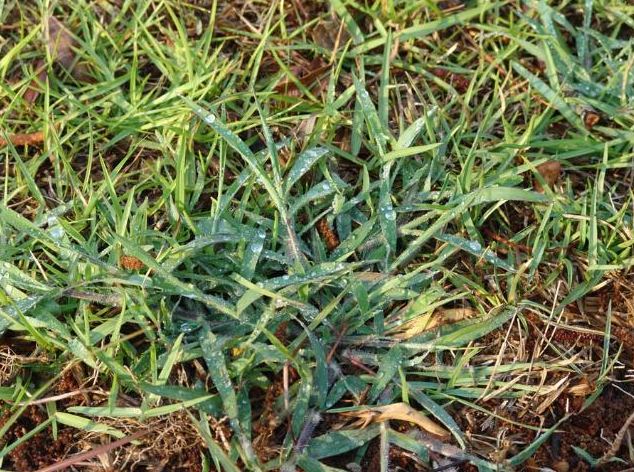Spring is approaching and the main thing on my mind is controlling annual weeds. The most effective way to control crabgrass and other summer annual weeds is with a pre-emergent herbicide. Pre-emergent herbicides should be applied prior to weed seed germination. They don’t prevent germination, but they do prevent emergence of shoots and roots by forming a barrier on the soil surface.

Summer annuals such as crabgrass and chamberbitter begin to germinate when soil temperatures warm in the spring. Preemergence herbicides should be applied when daytime temperatures reach 65oF to 70oF for 4 or 5 consecutive days to form a barrier to help prevent these weeds from emerging. This is about the same time azaleas and dogwoods begin to bloom. Goosegrass is the exception for this temperature rule. For good goosegrass control, preemergence herbicides should be applied 3 to 4 weeks after the suggested daytime temperature application date.
It is important to note that you should only use preemergence herbicides on lawns that have been established for at least a year. These herbicides are prone to injure newly planted lawns. In addition, many preemergence herbicides may interfere with lawn grass seed germination, so make sure to refrain from reseeding for at least six after application.
Commonly available preemergence herbicides contain the active ingredients oryzalin, benefin, pendimethalin, DCPA and bensulide. However, there are a wide variety of products on the market. For more information on weed management please read the UF/IFAS publication “Weed Management Guide for Florida Lawns”.
- Gardening in the Panhandle LIVE! Program Summary: Pests of Florida Lawns and Landscape Plants - May 28, 2025
- Fun Facts About Ferns - April 30, 2025
- Gardening in the Panhandle LIVE! Program Summary: Freeze Friendly Foliage Plants - April 30, 2025
